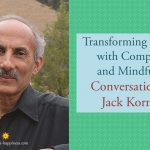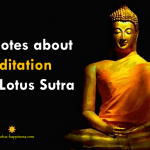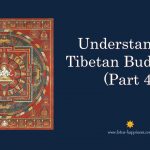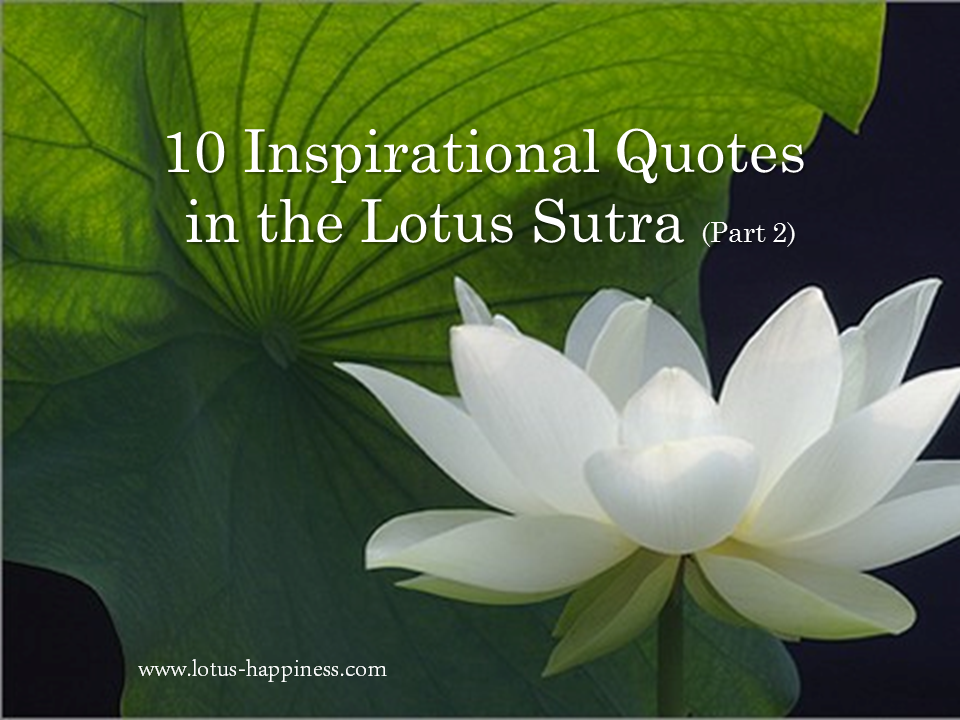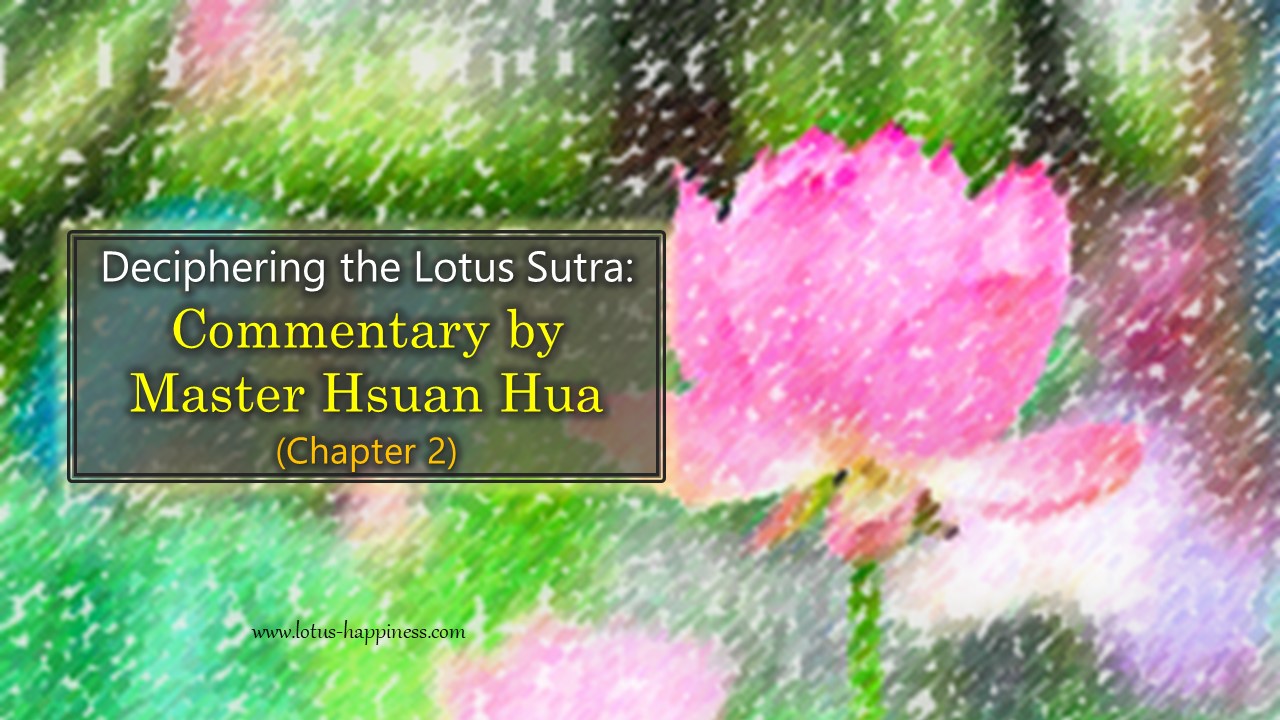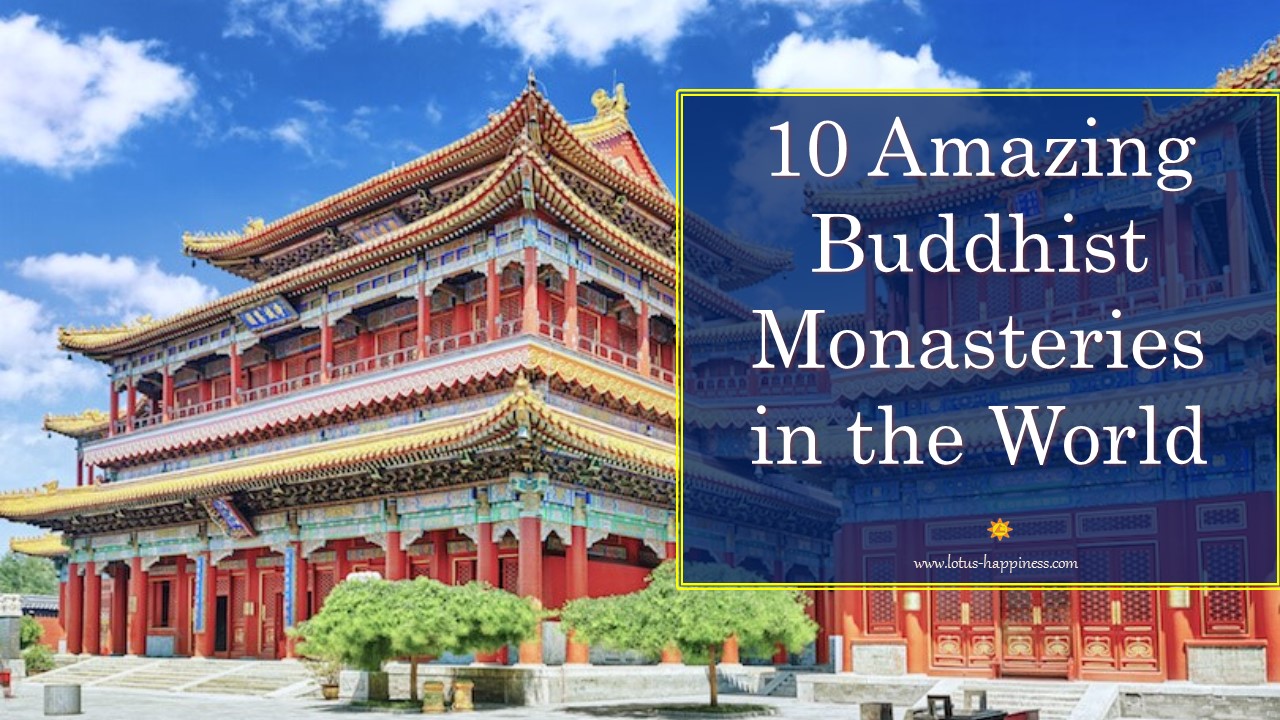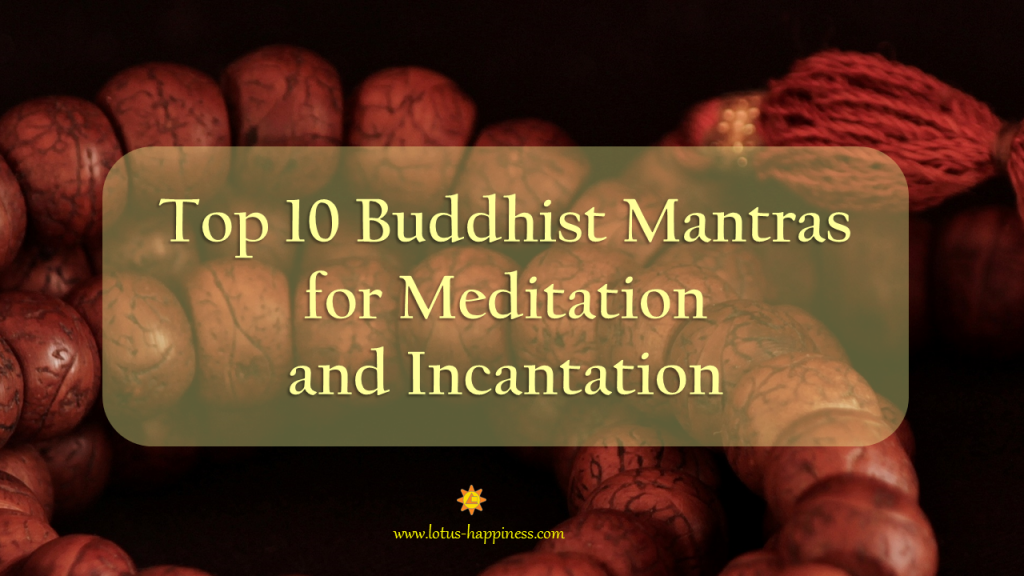
Top 10 Buddhist Mantras for Meditation and Incantation
Ever wondering which Buddhist mantras to use for your meditation practice?
Buddhist mantras are powerful invocations that are capable of evoking the essence of the various Buddhas, bodhisattvas, as well as the benevolent cosmic force in the state of Buddhahood.
Words have power. The sound we invoke create vibration and resonance that are capable of healing our bodies and bringing us closer to the goals we desire.
There are two types of meditation: Silent seated meditation and chanting (dynamic meditation). Whether it is mental (Samadhi) or vocal (Dharani) types of meditation, the following 10 mantras can be used to focus your mind in your Buddhist practice:
Mantra #1: Namo Tassa Bhagavato Arahato Samma Sambuddhassa
A well-known mantra in Pali, this mantra is commonly recited by Buddhists of the Theravada tradition. The meaning of which is “Honour to the Blessed One, the Exalted One, the fully Enlightened One.”
This mantra is a praise to the Buddha. Giving praise is a lofty act of offering to the virtues of the Buddha which will enable you to develop meritorious deeds in your life. These accumulated merits will eventually help you to attain Buddhahood.
Listen: Namo Tassa Bhagavato Arahato Samma Sambuddhassa
Mantra #2: Om Mani Padme Hum
In Tibetan Buddhism, the mantra “Om Mani Padme Hum” is a popular mantra that is associated with Guan Yin, Chenrezig or Bodhisattva Avalokitesvara. By chanting this mantra, one is able to invoke the divine protection and immense blessings from Chenrezig, the manifestation of divine compassion from Bodhisattva Avalokitesvara.
“Om” is the sacred syllable of the Indian religion, “mani” means “jewel”, “padme” means “lotus flower”, “hum” denotes “spirit of enlightenment”. Put them together, the mantra means “Homage to the Jewel in the Lotus.”
Another mantra that is associated with Guan Yin is “Namo Guan Shi Yin Pu Sa”. This mantra is commonly recited by Chinese Buddhists. Keeping in mind of the name of Guan Yin enables you to receive divine protection in times of danger and calamities and purify impediments stemming from anger, greed, and delusions. It will also empower you with the courage and compassion to successfully overcome obstacles in life.
Listen: Om Mani Padme Hum
Mantra #3: Namo Amituofo
Practitioners of Chinese Buddhism chant the mantra “Namo Amituofo” or “Namo Amitabha Buddha” so as to ensure rebirth in the Pure Land of Amitabha for the purpose of practicing the path toward attaining Buddhahood.
As for Tibetan Buddhists, the mantra of Buddha Amitabha – “Oṃ Amideva Hrīḥ” – is recited. By reciting this mantra, besides gaining rebirth in the Pure Land, you will receive divine protection from dangers, cultivate compassionate nature, andd evelop inner strength to overcome all obstacles.
Listen: Namo Amituofo
Mantra #4: Om Muni Muni Mahāmuni Sākyamuni Svāhā
The mantra is associated with Shakyamuni Buddha and its meaning is “Om wise one, wise one, great wise one, to the wise one of the Shakyans hail!”
This is a mantra of praise to Shakyamuni Buddha. By giving praise to the Buddha, we are developing our fields of merits within the depth of our lives. These merits will blossom and give rise to good fortune, health, and happiness in our lives.
Listen: Om Muni Muni Mahāmuni Sākyamuni Svāhā
Mantra #5: Oṃ Tāre Tuttāre Ture Svāhā
A popular mantra by Tibetan Buddhists, this mantra is associated with Green Tara, who is known as “The Mother of Liberation.” In Tibetan, Tara is known as “Dölma” (Sgrol-ma), or “She Who Saves.” Green Tara is a female bodhisattva who is the embodiment of profound compassion in action to help people attain liberation.
The meanings of each Sanskrit term are as follows:
- Tāre represents salvation from mundane dangers and suffering.
- Tuttāre represents deliverance into the spiritual path conceived in terms of individual salvation.
- Ture represents the culmination of the spiritual path in terms of deliverance into the altruistic path of universal salvation – the Bodhisattva path.
- Svaha is an exclamation meaning “hail” or “may blessings be upon”
Reciting this mantra enables you to receive protection from danger or fear, heal illnesses, awaken true nature, and overcome predominantly psychological blockages in relationships.
Listen: Oṃ Tāre Tuttāre Ture Svāhā
Mantra #6: Oṃ Tāre Tuttāre Ture Mama Ayuḥ Punya Jñānā Puṣtiṃ Kuru Svāhā
This is a mantra of White Tara who is associated with long life. People usually invoke the mantra of Green Tara in times of danger and White Tara in times of illnesses.
White Tara is an embodiment of compassion and she is usually depicted as sitting cross-legged with seven eyes (look at the palms of the hands, soles of the feet, and her forehead) to symbolize watchful eyes of compassionate mind.
The first few Sanskrit terms have been explained in the mantra of Green Tara. These are the meaning of additional Sanskirt terms:
- Ayuhis long life (as in Ayurvedic medicine).
- Jnana is wisdom.
- Pushtim means wealth, abundance, or increase.
- Kuru is a verb form meaning “do it!” or “make it so!”
Listen: Oṃ Tāre Tuttāre Ture Mama Ayuḥ Punya Jñānā Puṣtiṃ Kuru Svāhā
Mantra #7: Om A Ra Pa Ca Na Dhih
This is a mantra that is associated with Manjushri, a bodhisattva of wisdom. He is usually depicted as holding a sword in his right hand — symbolizing his ability to cut through delusion; and holding the stem of a lotus flower which bears a book in his left hand.
Chanting this mantra enables you to bring forth immeasurable wisdom within and to gain clarity in any circumstances. It helps you to make wise decisions in your daily lives.
Listen: Om A Ra Pa Ca Na Dhih
Mantra #8: Tayata Om Bekanze Bekanze Maha BeKanze Radza Samudgate Soha
This is the short form of the mantra of Medicine Buddha or Bhaiṣajyaguru. The mantra can be translated as “Hail! Appear, O Healer, O Healer, O Great Healer, O King of Healing!” The term “Bekanze” is the name of the Medicine Buddha while “Radza Samudgate” means supreme or the king.
Associated with healing, Medicine Buddha is the lapis lazuli blue Buddha who holds an amrita, the nectar of immortality, on his left hand in a dhyana (meditation) mudra. By invoking this mantra, you will be able to activate the inherent power within us to promote self-healing as well as assist others in the process of healing.
Listen: Tayata Om Bekanze Bekanze Maha BeKanze Radza Samudgate Soha
Mantra #9: Gate Gate Para Gate Parasam Gate Bodhi Svaha
This is the final verse from “The Heart of the Prajna Paramita Sutra”, often called “The Heart Sutra” or “The Great Heart of Wisdom Sutra.” The meaning of this mantra is:
“Going, going, going on beyond, always going on beyond, always becoming Buddha.”
By reciting this mantra, you are able to perceive the essence of the Heart Sutra and awaken the aspiration of attaining Buddhahood.
Listen: Gate Gate Para Gate Parasam Gate Bodhi Svaha
Mantra #10: Nam Myoho Renge Kyo
Nichiren Daishonin, the 13th century Japanese monk, perceives the title as the essence of the Lotus Sutra. Thus, he created the mantra by adding a “nam” in front of the title of the Lotus Sutra, which is “Myoho Renge Kyo.” Also known as the daimoku, the meaning of this mantra is “Devotion to the Lotus Sutra of the Magnificent Law.”
All followers of Nichiren Buddhism – regardless of whether they belong to Nichiren Shoshu, Nichiren Shu, or Soka Gakkai International – chant the daimoku in front of the Gohonzon (the object of worship).
By single-mindedly chanting this mantra, you are able to be one with the Buddha’s mind, which in turn, enables you to unleash the inner qualities of Buddhahood such as wisdom, compassion, courage, and perseverance. When your life condition have been elevated to that of Buddhahood, all difficulties can be surmounted to achieve ultimate victory in life.
Listen: Nam Myoho Renge Kyo
Subscribe to 10 Buddhist Mantras playlist in Youtube so that you can listen to the wonderful Buddhist mantras as part of your practice.


